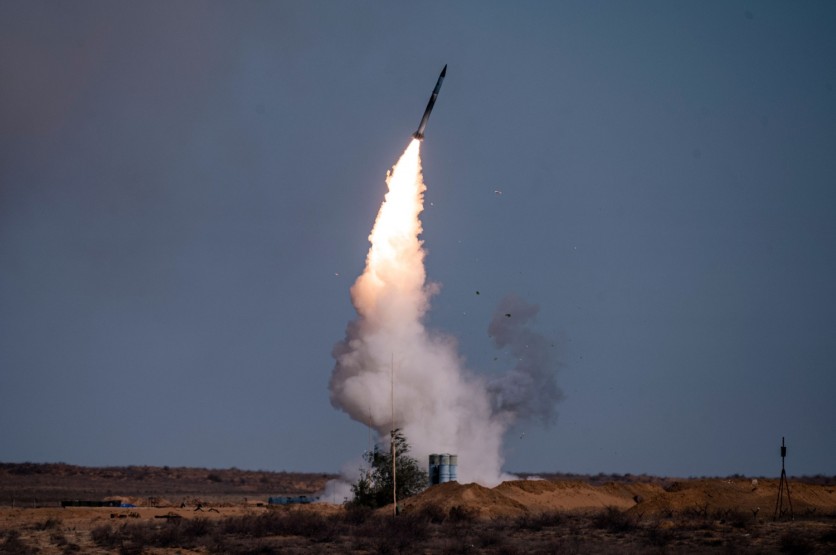The Soviet Union is the first and only nation to date that has blasted a canon in space. The execution was made possible through the Amaz space station in the 1970s, yet 40 years later, multiple secrets remain to hover in the weapon's history.
However, we will unpack some of the most interesting details about Rikhter R-23 M's engineering!

Cold War-era Bomber
The cannon was derived from a powerful revolver-like aircraft weapon, and records say that the gun was the only one that has been successfully fired in space. These records further elaborated that the weapon's development was under the responsibility of the Moscow-based KB Tochmash Design Bureau and assigned the project to Aleksandr Nudelman.
The team developed a Cold War-era bomber tail gun cannon, specifically with a 37/64ths of an inch (14.5-mm) rapid-fire cannon that is believed to hit targets as far as two miles (3.2 km) away. The weapon is also speculated to have the ability to fire from 950 to 5,000 shots per minute, which launches 200-gram shells at a speed of 690 meters per second (1,500 miles per hour).
Since this is a space weapon, it has enough force to break through but firing it in space entails several challenges and variables than firing on Earth. Even if it could be used on Earth, it cannot guarantee a hit unless the spacecraft has to be moved in the center to hit the target accurately.
But Almaz project veterans claimed that they were able to pierce a metal gasoline canister target from a mile away when they were conducting its ground tests, which means that their testing somehow proved the efficiency and accuracy of the weapon.
The sources retrieved after the fall of the Soviet Union, point out that they managed to fire the weapon successfully on January 24, 1975 through the Salyut-3 space station.
Off to the Space
Jet thrusters on the station were bolstered while the cannon was being fired during the test. They needed to do this to counteract the recoil of the gun, which holds great power, especially the case in near zero-g. Sources claimed that the cannon was blasted from one to the three blasts, firing around 20 shells which eventually burned up in the Earth's atmosphere.
Even though the results of the test remain classified, the space stations of the Soviet Union appeared to be equipped with missiles instead of projectile weapons. The case remains a subject of mystery.
In 2016, grainy footage of what is supposed to be an R-23 M canon was shown on Voennaya Priemka, which is a military show produced by the Zvezda TV channel that has association with Russia's Ministry of Defense.
Related Article : US Military's New Nuclear Rocket To Monitor Earth-Moon Space Region; DARPA Explains Why It's Important
This article is owned by Tech Times
Written by Joaquin Victor Tacla
ⓒ 2025 TECHTIMES.com All rights reserved. Do not reproduce without permission.
![Best Gaming Mouse For Gamers With Smaller Hands [2025]](https://d.techtimes.com/en/full/461466/best-gaming-mouse-gamers-smaller-hands-2025.png?w=184&h=103&f=6fd057ef777bd39251d4e7e82e9b23f1)



![Best iPads that Students Can Use in School [2025]](https://d.techtimes.com/en/full/461431/best-ipads-that-students-can-use-school-2025.jpg?w=184&h=103&f=516289300e12e9647ef3d5bd69f49b70)